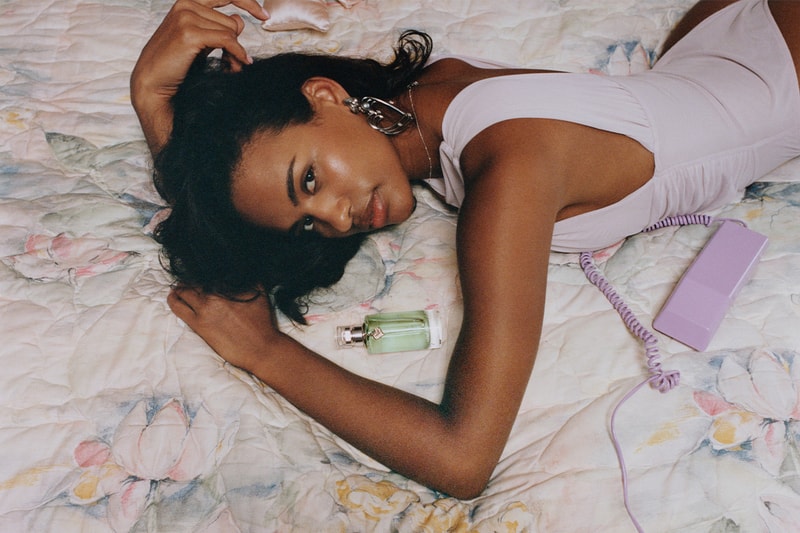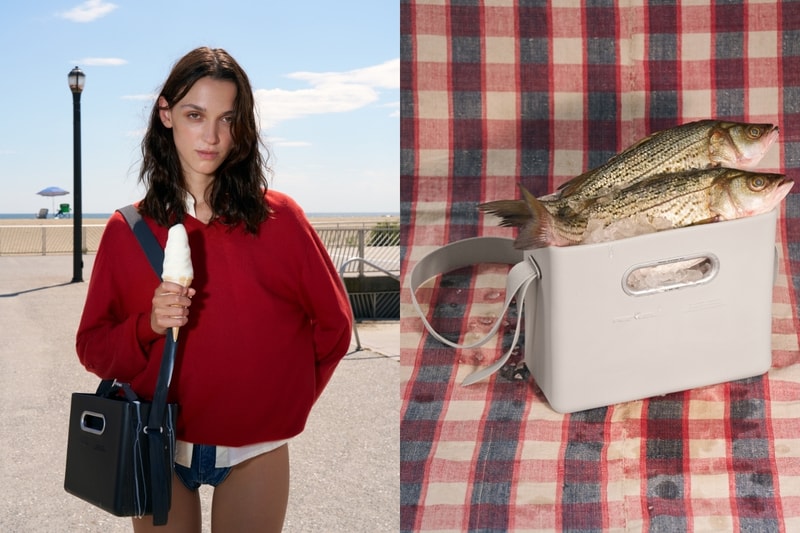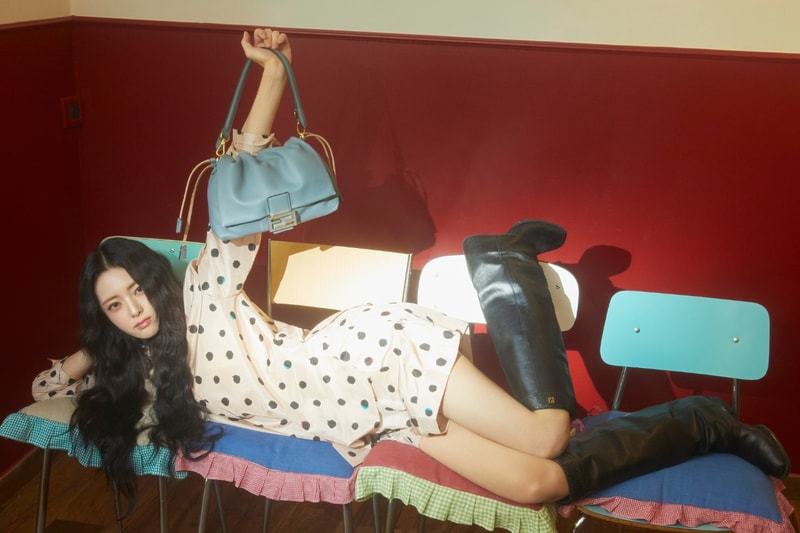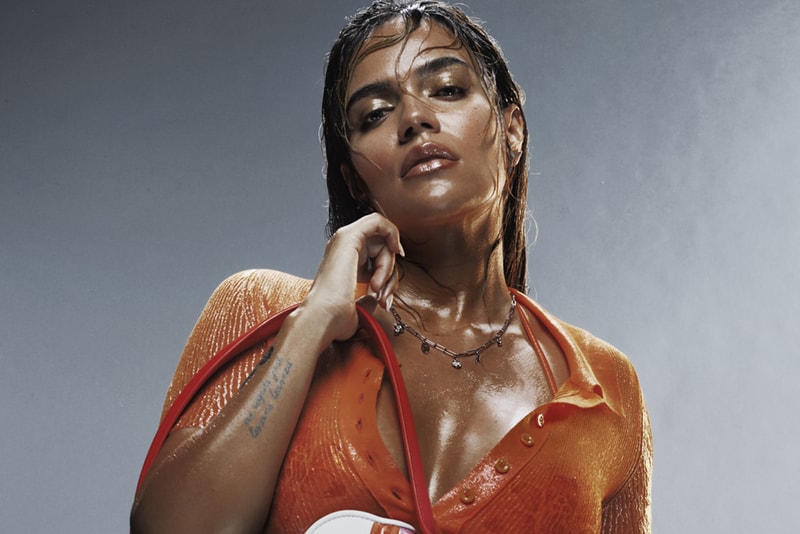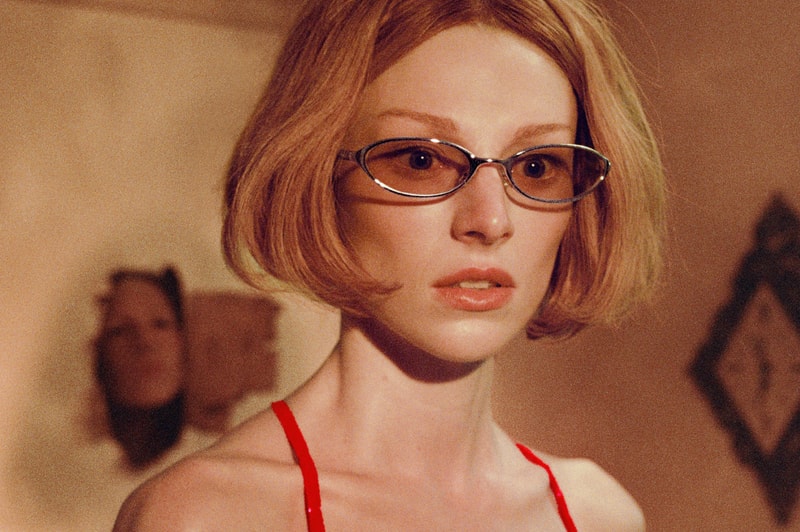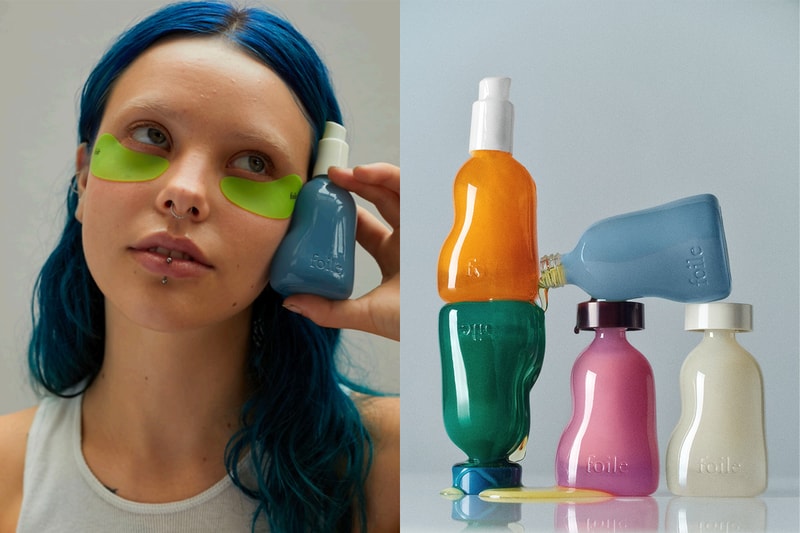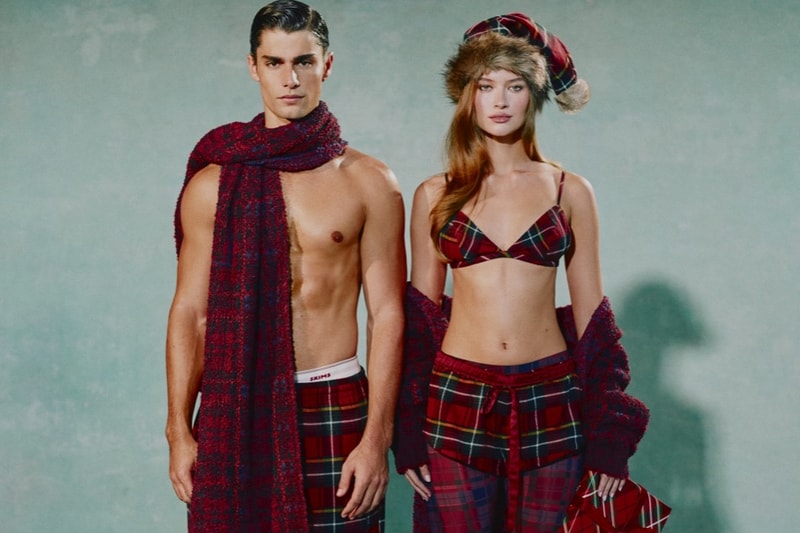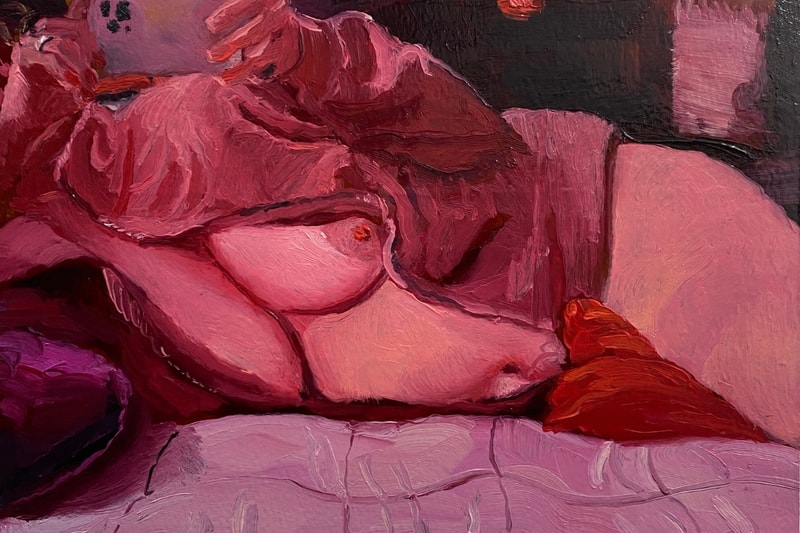Step Into Mona Thomas' World, Where Fantasy Finds Its Footing
info@hypebae.com (Hypebae) Wed, 29 Oct 2025 Hypebae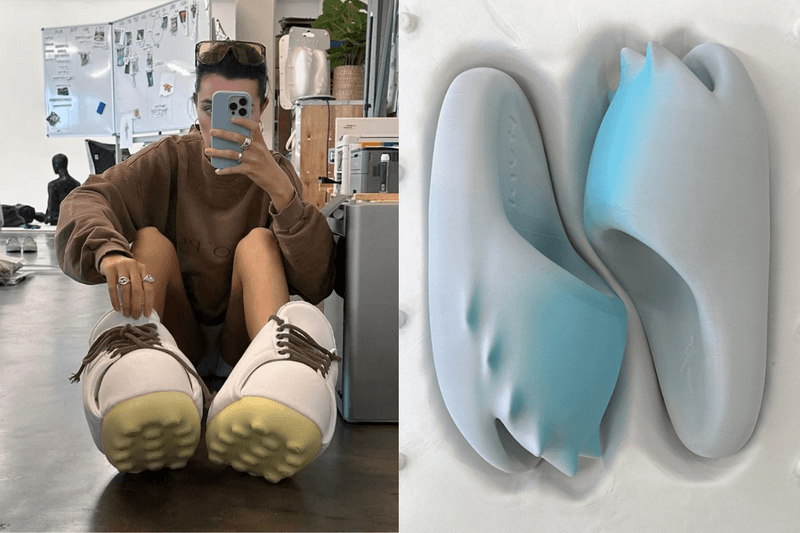
Whether you're seeking distractions or a break from cold hard reality, there's no doubt we're all just looking for little hits of escapism. You can lose yourself in your favourite novel, spontaneously book a flight, or you can immerse yourself in an alternate universe where the silhouettes are surreal and the creativity is instinctive. With a wink to the past and a firm footing in the future, German designer Mona Thomas' design studio and brand Huni is a departure from everyday life, where fantasy meets function and childhood memories find new form.
Years in the making – in more ways than one – Thomas recalls things first getting started back in 2018, while being a student. "I was inspired by designers like Yoon Ahn from Ambush, Virgil Abloh and Jerry Lorenzo and wanted to work for them," Thomas told Hypebae. So Thomas decided to lock in, experiment with 3D software and post the results on socials. Eventually Thomas would go on to commission much freelance work and ultimately overtime, progress toward building Huni.
From creating fully custom outfits for artists like Drake or 3D-printed slides with Zellerfeld, Thomas' creative process has always been as instinctive as it is intentional – and always personal."Most of the time it's driven by intuition. I just know what something should look like." And when those designs just so happen to pair perfectly with other pop culture references, a la Teletabbies, Thomas admits, "That's the fun part."

In the latest installment of Baes With Kicks, we chat with Thomas about transforming resourcefulness into brand identity, the life-changing effects of 3D printing and the importance of remaining ever-evolving in design and beyond.
Name: Mona Thomas
Occupation: Designer
Location: Germany

What's your relationship with sneakers? Do you have a favorite pair currently, or one that you've had a longtime love for?
I've always loved sneakers. I was sketching shoes long before I started Huni. I also went through a sneaker reseller phase back when Yeezys were dropping. But my all-time favorite will always be Slip-On Vans. Timeless beauties.
What are some of your key sources of inspiration behind your footwear designs, for example your "Telebtabis"?
That's the fun part. My designs are usually inspired by things I loved as a kid and sometimes they just work so well with another pop culture reference, it's almost ridiculous. These are the best ideas to me. In the end the design may look ridiculous to some but to me these are the most genius bits of our portfolio.

Teletubbies is one of the red threads throughout your conceptual work, prototyping and product offering. What do you enjoy about bringing '90s television nostalgia to life?
For me it feels healing. It's like I get to return to my childhood self through my work and create things the four-year-old me would have been excited about. It's taking ideas that once only lived in my head or on a TV screen and making them real.
How did you originally get into design and establish your own brand?
It started in 2018, when I was still a student. I was inspired by designers like Yoon from Ambush, Virgil Abloh and Jerry Lorenzo and wanted to work for them, but I lived in a small German town and I didn't know anyone in their circles. So, I started building a portfolio, experimented with 3D software for the first time in my life and posted the results on social media. I also had product ideas and would present them as if they were campaigns from big brands under a fictional brand name, my nickname at the time, Huni. That actually got me a lot of amazing freelance jobs, until my own ideas resonated so much that I realized I should take them seriously. So, I shifted my focus and built Huni. I first had to make enough money through freelance work to actually fund my own brand. That took some time.

What is your design process like?
Honestly, it's always different. Most of the time it's driven by intuition. I just know what something should look like. There's not really a structure and we still don't follow the fashion calendar. But I'm also aware that we can't keep working in chaos forever, so we're trying to get more organized.
If you had to describe your design identity in a nutshell, what would you say?
My design identity is me. Every piece is personal, even the font choices I make. But describing it feels weird. Almost like putting it in a box. I know my work has a recognizable aesthetic but my own approach is to keep evolving and to let it change over time.

How did the collaboration with Zellerfeld come about?
For over a year we have been trying to figure out how to manufacture our first slides. Originally we wanted to make an EVA foam slide through molding but we kept running into technical difficulties. Meanwhile, my community kept asking me about the slides, so I needed another solution. That's when I thought of 3D printing and of Zellerfeld. I have known Cornelius from Zellerfeld for years, we have always wanted to do something together and this seemed like the perfect opportunity.

Talk us through the different elements of the shoe.
My first thought was: the shape should look like a fat bean and feel as soft as a pillow. That's why it's so voluminous. Once I had that base shape, I thought it would be even cooler if it had spikes. And then it resembled a conch shell. And now people automatically assume that this is once again another Spongebob reference. And I love that.
How was the process changed or influenced through collaborating with Zellerfeld?
They were able to give us our first good prototypes very quickly. At first I was skeptical, because I'm not usually into tech gimmicks and I hadn't yet seen a pair of 3D printed shoes I really loved. But when the slides arrived, they looked and felt amazing.

As a multi-hyphenate designer, how has 3D printing changed how you work?
It was life-changing. We have a 3D printer in the office that runs almost every day. It allowed us to create things that would have been completely impossible for a small studio without access to factories or large production facilities. Especially when we are working on custom projects or need to make prototypes.

What are you working on for the rest of the year?
My focus is on making sure the last few drops of the year run less chaotically than before. That means getting more organized, putting more energy into the visuals, and preparing events with my team for next year. We've got some exciting ideas we want to bring to life.
